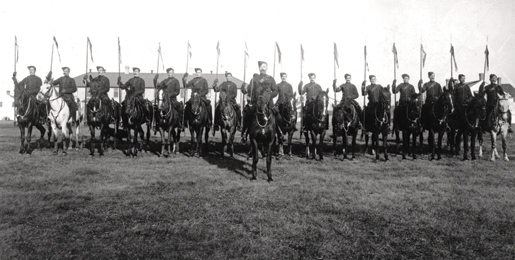Canada in 1914
http://www.metronews.ca/news/canada/2014/06/27/pre-war-canada-of-1914-a-world-apart.html
The Canada of 1914 was very different than our country today. The country's population was much smaller, only 7.5 million, most of whom lived in small towns and villages, often with fewer than 1,000 inhabitants. Alberta and Saskatchewan had become provinces only nine years before and the Canadian west was still being filled with new farms and towns.
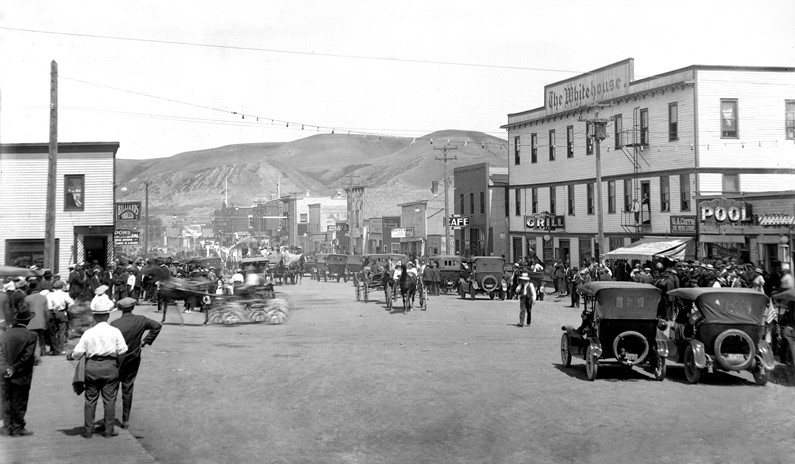
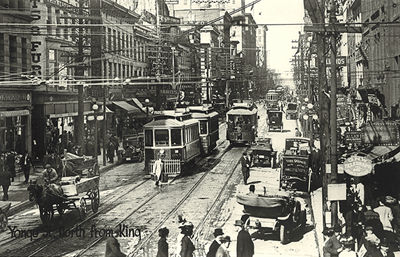
Most of the population was of British or French descent, 54% of the population was of British origin - many of whom had only arrived in the last ten years. 28.5% were French-Canadian - most with roots in Canada going back 10 generations. Immigration waves had brought in Irish, Germans and Ukrainians, among others. Discriminatory laws severely restricted Asian immigration. Canada was also nation of young people - 52% of population was under 25 - and of men - there were 437,000 more men than women.
In 1914, more people were involved in agriculture than in any other industry. Other major employers included manufacturing, mining, lumbering and fishing. It was a country where horsepower generally meant horses, period. Farms relied on 2.6 million horses to pull the plows and harvesters and to haul produce to markets. The cities, too, were full of horses, towing carts and wagons and buggies and landaus. Automobiles were slowly appearing, but they were often prone to mechanical failure.
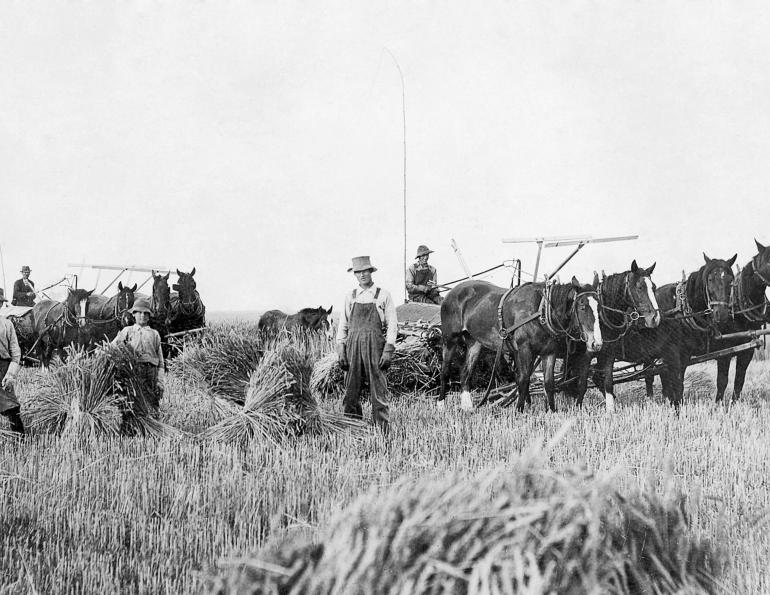
Railways, not highways or airlines, tied the country together. Smoky, coal-burning steam locomotives pulled the trains that carried people and goods from city to city or across the country.
Electricity was beginning to light up the larger cities at night, but homes in most smaller towns, villages and farms still relied on kerosene lanterns. Telephones were starting to come into regular use but there were only 300,000 in all of Canada. Communication mainly relied on letters or telegrams - often delivered by teenage boys on bicycles.
Entertainment included music halls and play houses and concert halls. Movies were in their infancy, but were growing in popularity. Social life often revolved around churches, with pot-luck suppers and socials and teas. At home, people played cards and board games or read books. To enjoy music people played the piano or fiddle or played records on a wind-up gramophone. There were no commercial radio stations.
Outdoors, there were summer swimming holes and winter rinks on frozen ponds and rivers. Hockey was big even then. In March 1914, the Toronto Blueshirts, defeated the Montreal Canadiens in a two-game series to win the Stanley Cup. The second game, played in Toronto, was the first Stanley Cup match ever played on artificial ice.
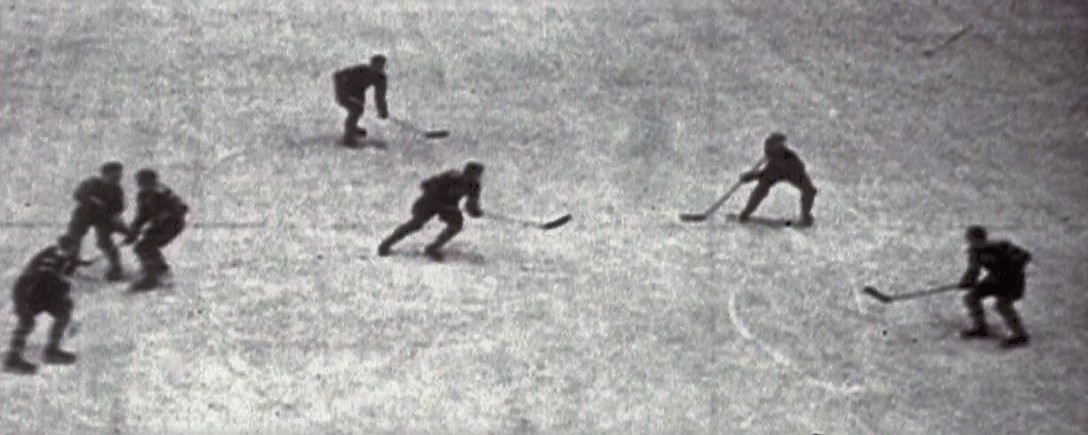
The big news story of the year before the outbreak of war was the tragic sinking of the Canadian Pacific liner Empress of Ireland. The huge ship sank in the early hours of May 29 after being rammed by a coal carrier in fog on the St. Lawrence River near Rimouski. More than 1,000 people died, including 134 children.
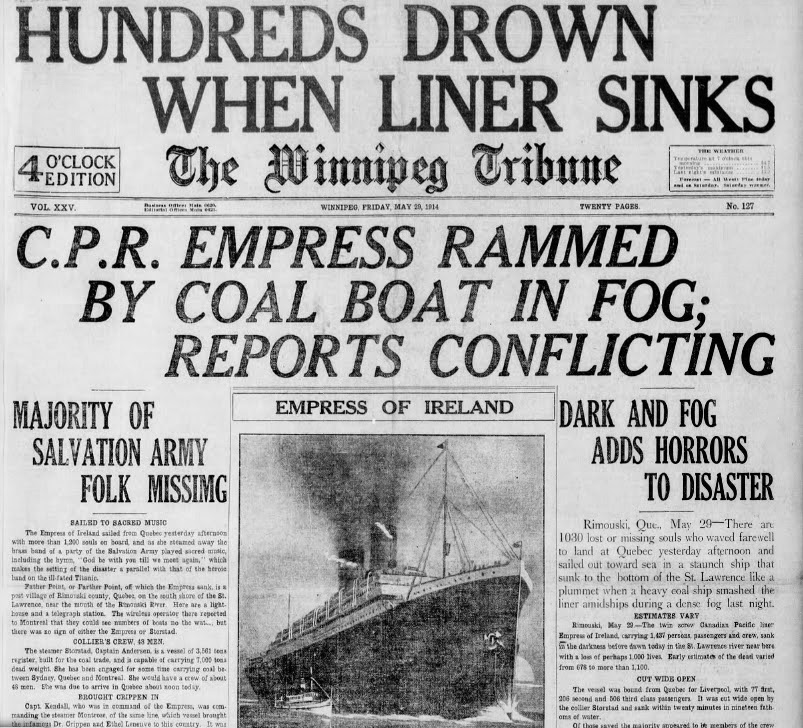
Canada was not a military nation in 1914. It had been in just one foreign conflict (the Boer War), had no standing army and considered two old cruisers a navy. Defence fell to a militia of 3,110 men (with 684 horses), backed by 74,606 'citizen soldiers' (civilians with some training) and their 16,360 horses.
